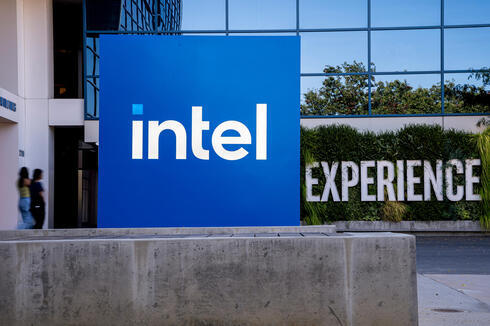
Intel job cuts swell to 25,000 as CEO Tan plots costly turnaround
Chip giant forecasts deeper losses despite beating sales estimates.
Intel said on Thursday that it plans to slash its global headcount to 75,000 employees by the end of this year, down from 99,500 at the end of 2024.
The Santa Clara, California-based chipmaker disclosed the new layoff target as it forecast steeper third-quarter losses than Wall Street expected, even as it projected higher sales than analysts had forecast. New CEO Lip-Bu Tan is steering the company through a historic turnaround after years of strategic missteps that left Intel on the sidelines of the AI boom now dominated by Nvidia.
Intel conducted the layoffs in early July, and the cuts amount to roughly 15% of its staff at the end of June. The remainder of the cuts to bring the headcount to 75,000 will be through attrition and "other means," according to the company. During an all-hands video conference in April, Chief Financial Officer David Zinsner told staff that a report suggesting Intel would lay off more than 20,000 workers was inaccurate. He said at the time that the company had not yet finalized how many positions will be eliminated.
In a memo to employees, Tan said that Intel is changing its strategy for building manufacturing capacity and now plans to build factories only when the demand for its chips is there. Previously, the company had built factories ahead of demand.
Tan wrote that Intel will continue to slow down construction work on new factories in Ohio and has decided to not to move forward with planned factories in Poland and Germany. He also said the company would consolidate chip packaging operations in Costa Rica with its other packaging operations in Vietnam and Malaysia, breaking with a longtime Intel practice of maintaining operations in separate global regions for supply-chain resiliency.
Intel said it expects a third-quarter loss of 24 cents per share, wider than Wall Street’s estimate of an 18-cent loss, according to LSEG data. However, it expects revenue of $12.6 billion to $13.6 billion for the September quarter, with a midpoint of $13.1 billion, topping analysts’ average forecast of $12.65 billion, per LSEG.
While PC shipments rose 6.5% in the June quarter, according to International Data Corporation, analysts warn that growth could remain choppy after many customers pulled orders forward to the first half of the year amid ongoing trade negotiations.
Although semiconductors remain exempt from U.S. President Donald Trump’s sweeping tariffs, Intel and its peers still face cautious corporate spending due to macroeconomic uncertainty.
For the second quarter ended June 28, Intel reported flat revenue of $12.9 billion, snapping a four-quarter streak of sales declines and beating estimates of $11.92 billion.
Tan, who took over as CEO this year, has focused on moving away from the 18A chip process, which his predecessor Pat Gelsinger invested billions in, to a next-generation 14A process aimed at winning big external foundry customers, Reuters has reported. He has also prioritized restructuring the company and trimming its workforce. In April, Intel sold a 51% stake in its Altera programmable chip business for $4.46 billion.
Job cuts contributed to $1.9 billion in restructuring costs in the second quarter. For the June quarter, Intel posted an adjusted loss of 10 cents per share, compared with analyst expectations of a 1 cent profit. The unadjusted loss was 67 cents per share, far steeper than the 26-cent loss Wall Street forecast.
Despite its struggles, Intel shares have gained 14% this year on investor hopes that Tan’s aggressive overhaul can reverse years of stagnation and restore Intel’s place in the semiconductor race.














